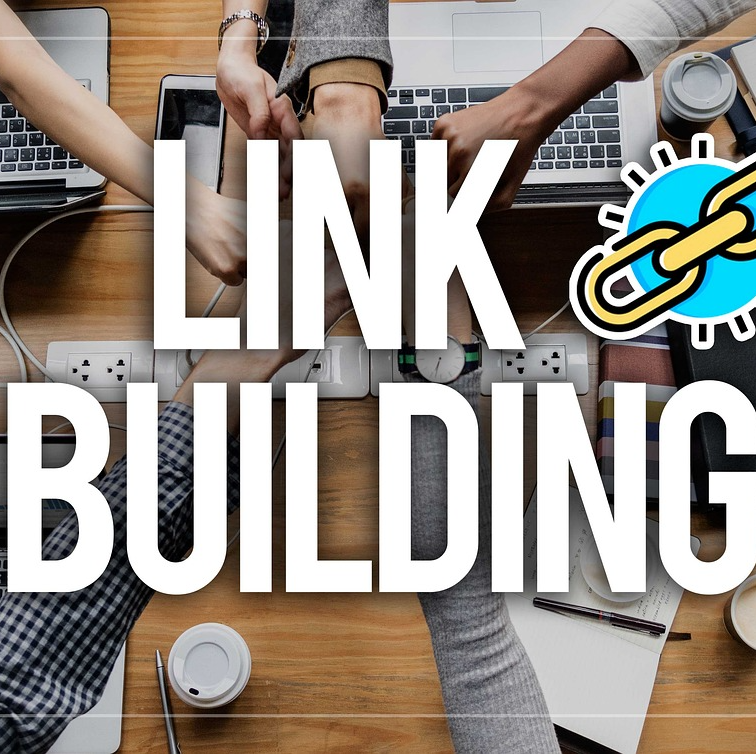Key Takeaways
-
True value creation begins when you shift your perspective from your product to your customer’s experience.
-
The ability to see through your customer’s eyes helps align innovation, communication, and delivery with real market needs.
The Foundation of Value Creation
Every business starts with a vision, but success depends on how clearly you see the world through your customer’s eyes. Value creation in 2025 is not just about offering a good product or service; it is about solving a real problem in a way that feels personal, relevant, and timely to your audience. When you understand what your customers value most, you stop selling and start serving. That shift changes everything—from your strategy to your execution.
Customers today are more informed than ever. They evaluate your offer against an abundance of choices. They want connection, convenience, and confidence. Seeing through their perspective lets you build products and experiences that meet emotional and functional needs at once. This is how sustainable value starts.
Why Empathy Is the Core of Modern Entrepreneurship
Empathy is not a soft skill anymore; it is a strategic advantage. Entrepreneurs who invest time to deeply understand their customer’s journey can anticipate needs before customers even articulate them. That foresight allows you to innovate meaningfully rather than reactively.
By developing customer empathy, you:
-
Identify hidden frustrations and unmet needs.
-
Create products that resonate emotionally and practically.
-
Reduce wasteful spending on features customers don’t value.
-
Strengthen trust and loyalty through authentic understanding.
A company that genuinely understands its audience is harder to replace. That emotional connection becomes part of your competitive edge.
Seeing the Customer Journey in Detail
Start by mapping out every step your customer takes—from awareness to post-purchase experience. This process is not about assuming what you think they do, but documenting what actually happens.
Include details such as:
-
How customers first become aware of your brand.
-
What questions or fears they have before purchasing.
-
The moments that influence their final decision.
-
The follow-up support or engagement they expect afterward.
By breaking the journey into distinct stages, you identify friction points where customers feel confused or uncertain. Solving these pain points creates value faster than adding new features or promotions.
Turning Observation into Insight
Observation without interpretation is incomplete. When you collect customer feedback, reviews, and behavioral data, go beyond surface-level metrics. Numbers tell you what happened, but stories reveal why it happened.
Ask questions like:
-
Why did customers hesitate at this stage?
-
What emotional triggers led to satisfaction or disappointment?
-
How do they describe success in their own words?
You can gather these insights through surveys, interviews, or even direct observation of customer behavior. Once you interpret this data, it guides your marketing, design, and customer service strategies toward alignment with real human motivations.
Aligning Your Business Model with Customer Perspective
Every decision you make—pricing, packaging, communication—should reflect the customer’s viewpoint. For instance, when determining pricing, think of it as a reflection of perceived value rather than internal cost. A fair price feels justified when the customer perceives the benefit as greater than what they pay.
The same logic applies to communication. Speaking in your audience’s language creates clarity. Avoid jargon or technical explanations that distance them. When your message mirrors their thoughts and emotions, your brand becomes relatable and trustworthy.
In 2025, businesses that adapt their models to serve evolving expectations outperform those that hold onto rigid structures. Flexibility rooted in empathy fuels consistent growth.
The Role of Time in Building Customer-Centered Value
Seeing through your customer’s eyes is not a one-time exercise. It evolves with market shifts and technological changes. Customer behavior today may differ from last year due to economic, cultural, or generational factors. Review your understanding regularly—at least every six months—to ensure relevance.
Short feedback cycles are especially powerful. Instead of waiting for annual reports or long-term metrics, gather insights weekly or monthly through digital analytics, customer conversations, and social engagement. This continuous loop allows you to adjust quickly and prevent small issues from becoming large disconnects.
The businesses that succeed in 2025 are those that treat customer insight as a living system, not a static report.
Shaping Innovation Around Real Human Needs
Innovation loses meaning if it only serves the inventor’s imagination. The most impactful ideas arise when you align creativity with customer insight. When you view the world as your customer sees it, your innovation becomes focused, purposeful, and valuable.
To make this alignment work:
-
Validate every new idea through real customer feedback before scaling it.
-
Prioritize solutions that eliminate friction or add tangible ease.
-
Involve your target audience in the prototype phase to refine usability.
This process ensures that what you build not only functions well but also fits naturally into your customer’s world. It saves time, minimizes risk, and deepens engagement.
Communication That Builds Emotional Equity
Customers remember how you make them feel long after they forget what you said. Communication that comes from their perspective builds emotional equity—the sense that your brand understands and represents them.
To achieve this:
-
Use active listening across all channels.
-
Reflect back the language customers use to describe their goals.
-
Offer guidance and education rather than persuasion.
When communication aligns with empathy, marketing becomes less about conversion and more about connection. This emotional bond enhances loyalty and referrals, driving organic growth without aggressive promotion.
Measuring Value Through the Customer’s Lens
To know whether you are creating real value, measure success using customer-centric metrics rather than internal ones. Traditional financial indicators matter, but they should be balanced with qualitative insights.
Track metrics like:
-
Customer satisfaction scores (CSAT) and Net Promoter Score (NPS).
-
Retention and repeat purchase rates.
-
Average resolution time for customer support issues.
-
Sentiment analysis across reviews and social mentions.
These metrics reveal not just profitability, but relational health—how strong and sustainable your connection with customers truly is.
The Long-Term Payoff of Customer-Centered Thinking
When you train yourself to view every decision through your customer’s eyes, your organization becomes more adaptive and resilient. Employees understand the purpose behind their work, customers feel heard, and growth becomes a natural byproduct of trust.
Over a 12- to 24-month period, this approach compounds. Your brand perception improves, operational waste decreases, and your innovation pipeline becomes more precise. Businesses that make empathy habitual outperform those that treat it as a seasonal marketing trend.
Building Businesses That Customers Believe In
Creating value that lasts requires seeing your business as your customers see it: a relationship built on understanding, honesty, and relevance. The companies that thrive in 2025 are not the ones shouting the loudest but the ones listening the deepest. By aligning your actions, communication, and innovation with the real human experiences of your audience, you turn transactions into trust.
If you want to learn how to strengthen customer perception, refine your strategy, and sustain long-term growth, sign up on our website Winning Entrepreneur for more insights and advice.











